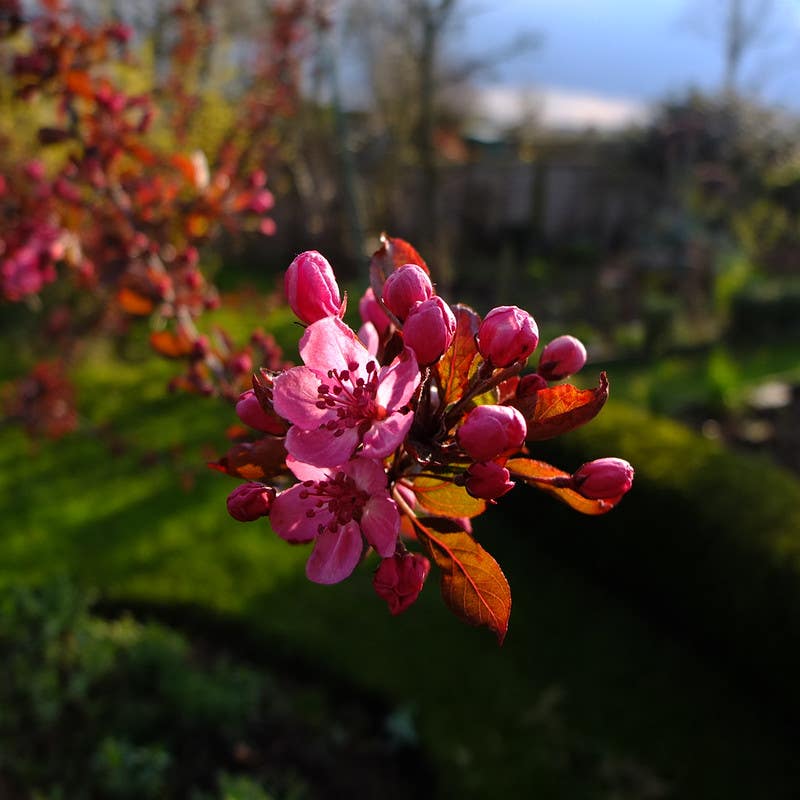Amsonia hubrichtii
Summer and fall-blooming natives like coneflowers, black-eyed susans, and asters. Works well in borders, formal plantings, wildflower gardens, meadows, or open woodland area. It is most effective when massed…
Plant name:Amsonia hubrichtii
Virtues: The narrow foliage (less than one inch wide) makes a marvelous display throughout the season, and the golden-yellow spectacle in the fall is second to none among herbaceous plants.
Flower color: Star-shaped and light blue. Flowers turn almost white as temperatures warm up in spring.
Leaf/Foliage: Fine texture and excellent fall color. The foliage of A. hubrictii is feathery, like A. ciliata, but leaves are a little wider and longer.
Goes great with: Summer and fall-blooming natives like coneflowers, black-eyed susans, and asters. Works well in borders, formal plantings, wildflower gardens, meadows, or open woodland area. It is most effective when massed.
Habit: Grows to three feet tall and two-three feet wide.
Season: Blooms in April and May.
Suggested by: Dale Hendricks at North Creek Nurseries.
Where does it come from: Found in Arkansas in 1942 by Leslie Hubricht.
Tips: Full sun in average or dry soil. Slow to grow at first, but takes off in the second year. Fall color is brightest in full sun. Zones 5 to 9.







